We live in a time of major porn variety, where the options seem endless. One option has been gaining popularity over the last few years – especially during the early days of the pandemic – and doesn’t appear to be slowing down: audio erotica. Audio erotica is a great alternative to visual porn methods, as evidenced by the multitude of companies focusing on audio established recently. People can have many reasons for switching up their porn consumption methods, especially now that ethical porn is more sought out.
This style of porn is unique in more than one way. Aside from being a fairly new way for porn consumers to switch up sexual routine, listening to rather than looking at porn allows you to practice “mental framing” - scene conjuring and visualization - to get turned on. Anyone can use mental framing, though according to a 2018 study by sex education platform OMGYes and The Kinsey Institute, 90% of women are more likely to use it to imagine sexual fantasies. Even so, audio erotica is great for men and other genders as well as women.
For people of color, trans, fat, and disabled folks – anyone who isn’t traditionally represented in mainstream porn, including those with body image issues – audio erotica is a helpful non-visual alternative. Using your imagination purely to visualize a scene takes away distractions and makes inserting yourself into whatever fantasy you are looking for a whole lot easier.
Some even say audio porn is better for your brain, since there are no blue screens or eye strain, cutting down screen time and exposure to blue light.
Accessibility is a major benefit of audio erotica. Visually impaired people and those with chronic migraines, which can often be triggered by screens, have few options for porn. Even though sites like PornHub have “described video” add-ons, the selection leaves much to be desired. The fact is that slapping automated video descriptions onto visually driven porn can often miss the mark - but audio and online erotica focuses all its energy on a full-bodied sensory experience. Just like ethical visual porn, there are some groundbreakers in the audio porn industry, and it’s thankfully becoming easier to find a creator that scratches an itch.
Here are three erotica sites on the market today, all of which come with free trials or entirely free sections:
Dipsea is arguably the most well-known audio erotica fiction app, with over 5.2 million listens in 2022 and hundreds of stories to choose from. Founded in 2017, Dipsea kicked off a wave of earworm erotica (catchy and popular audio porn) and is notable for featuring queer stories voiced by actual queer voice actors, including their first non-binary actor last year.
BLOOM features different genres like “Dirty Talk” and “Play Sessions,” in which a voice actor talks directly to the listener and walks them through masturbation guides, respectively. An app is currently in development and due to be up sometime this year, but until then, their website has a wide variety of options.
3. Quinn, founded by Snapchat CEO’s sister Caroline Spiegel, has gotten a lot of buzz lately for their celeb voice actors (most notably, Jesse Williams from Grey’s Anatomy). Quinn’s structure is extremely user-friendly, with easily navigated playlists and actor pages so that listeners can get the most out of their favorite erotic stories.
With audio erotica, spending the extra minute to look through options can make a world of difference! All of the companies listed above are woman-owned and ethical sources to keep your sexual wellness in top shape. If you’ve never tried audio erotica before, Dipsea, BLOOM, and Quinn are excellent places to start your journey and get comfortable with new and different sensations - you can even share stories with partners and learn more about each other’s turn-ons.
Want to read more about erotica and fantasies? Check out our blogs on sharing erotica with partners and finding ethical porn. Keeping your sexual health habits interesting with audio porn is great for your mind and body - just one more option for maintaining lifelong sexual wellness.










































